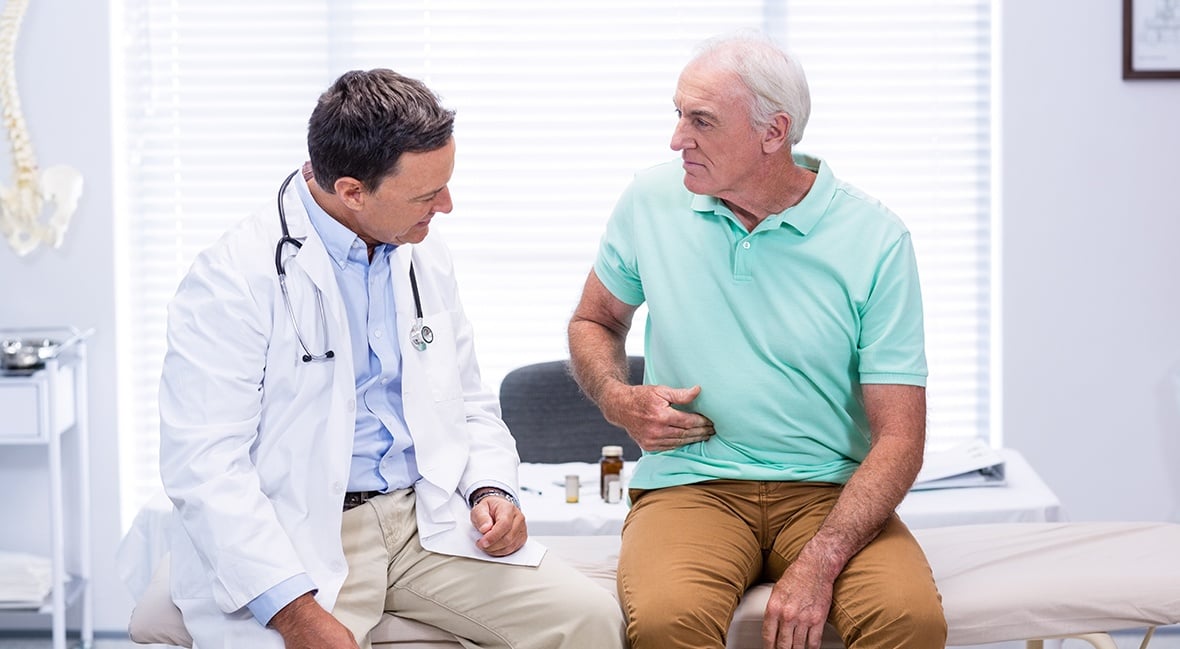Those living with celiac disease or another form of gluten sensitivity are warned to eliminate gluten entirely from their diets to avoid inflammation and other side effects associated with ingesting the protein. Many who do not suffer from this intolerance are also discovering that maintaining a gluten-free diet could be a healthy alternative to their current Western diets, which are typically laden with gluten-containing products, such as bread, cereals, baked goods, pasta, etc.
If you are looking to kick gluten for any reason, here are several helpful tips for a smooth transition:
Don’t Overthink It
A gluten-free diet does not need to differ so much from traditional, healthy sustenance. Regardless of whether or not you are gluten-free, dietitians generally recommend the following nutritious, whole foods: vegetables, fruits, beans, nuts, seeds, fish and lean meat. There are even some grains you can still enjoy on such a regimen, namely, rice, millet, quinoa and buckwheat.
Gluten-Free Does Not Mean Healthy
If you are switching to a gluten-free diet with the hopes of losing or maintaining body weight, then this is for you. One of the biggest mistakes people make when switching to a gluten-free diet is assuming that alternatives to their favorite sugary snacks or “cheat meals,” like pizza, are somehow healthier than traditional recipes. This is false. In fact, many gluten-free substitutes for things like baked goods or candy bars contain even more sugars and calories than their glutenous counterparts.
Eating Out? Plan Ahead
Many dining establishments now offer gluten-free menus, but not every restaurant will be so accommodating. If you’re heading out for a gluten-free meal beyond the safety of your kitchen, you’ll want to take these tips:
- Ask Lots of Questions: Gluten-free labels simplify food shopping, but you may not have that luxury on every menu. Gluten often hides in unsuspecting places, like dressings or cross-contaminated griddle pans.
- BYOP: Many chefs will use gluten-free pasta for a dish even if a gluten-free menu is not available, as long as you provide the pasta. There are plenty of gluten-free pasta options out there made from corn, quinoa or beans. Again, especially if you have a gluten-sensitivity, make sure a different pot is used to boil your gluten-free pasta, to avoid cross-contamination with traditional ingredients.
Avoid Nutrient Deficiencies
If you have celiac disease, the associated inflammation could lead to malabsorption of nutrients. Additionally, many of the gluten-containing foods typical in a Western diet are rich in essential nutrients, such as vitamin B1, potassium and fiber. Fortunately, there are plenty of other gluten-free foods you can eat to get these.
Spinach, poultry, mushrooms, and asparagus are all excellent sources of vitamin B1, for example. Bananas, avocados and beets deliver potassium; beans, nuts, potatoes and leafy greens can satisfy your magnesium requirements; and peas, berries and almonds provide fiber. The key is to be mindful of which foods you are cutting out when you switch to a gluten-free diet, so you can strategically replace these with others providing similar sustenance.
If you've been diagnosed with celiac disorder or gluten sensitivity but do not feel relief after adhering to a gluten-free diet for several months, talk to your doctor about further testing. It is not uncommon for celiac to occur simultaneously with other digestive disorders, such as IBS or lactose intolerance.
If you think you may be experiencing an undiagnosed case of celiac disease or gluten sensitivity, schedule a consultation with Gastroenterology Associates, right away.












